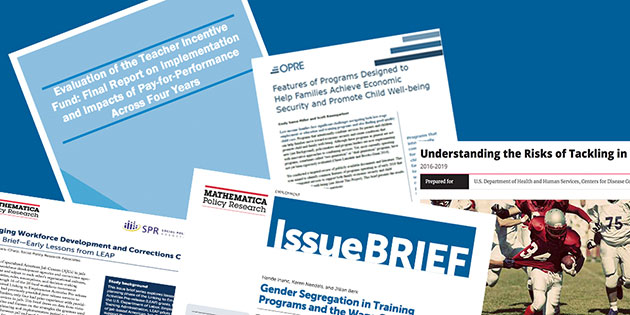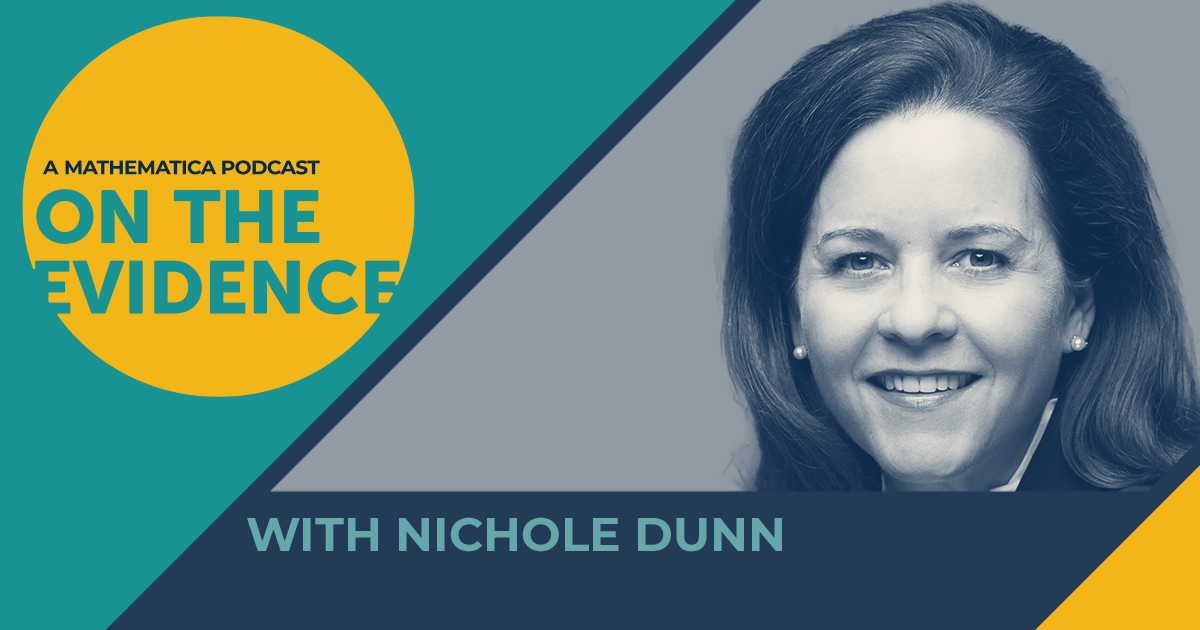
Throughout 2017, Mathematica researchers uncovered evidence to drive policy for the common good. Here are five studies we want to be sure you didn’t miss. Their results—along with many others—are poised to inform key decisions in 2018 and beyond, so stay tuned.
1. Education: the impact of teacher bonuses
Our study of the Teacher Incentive Fund (TIF) revealed that performance bonuses for teachers can have a positive impact on student achievement. In some cases, a bonus can have the same effect as four weeks of additional instruction. We evaluated TIF for the Department of Education’s Institute of Education Sciences.
2. Poverty: The two-generation approach
Few programs designed to lift both parents and children out of poverty have been rigorously evaluated. What are the tangible benefits of providing services to more than one generation in the same household at the same time? With this study for the Office of Planning, Research, and Evaluation in the U.S. Department of Health and Human Services, we begin building the evidence base on holistic family support.
3. Criminal Justice: What if inmates found employment before their release?
To help incarcerated men and women prepare for a meaningful life after prison, the U.S. Department of Labor has invested in specialized job centers located within jailhouse walls. This study explores the combination of justice and workforce systems as a path to successful reentry.
4. Health: Can technology mitigate the concussion risks of youth football?
We’re evaluating new sensor technology designed to measure both the impact and the effects of head trauma in youth football. What can these data tell us—and how can schools, coaches, and doctors most effectively use the information?
5. Employment: Why aren’t more American women working in skilled-labor jobs?
As U.S. registered apprenticeship courses and similar job training programs grow in scope and popularity, are women represented equally? Our research shows that a lack of opportunity persists, which may perpetuate gender and wage disparities. Our study also offers suggestions to improve the situation.


